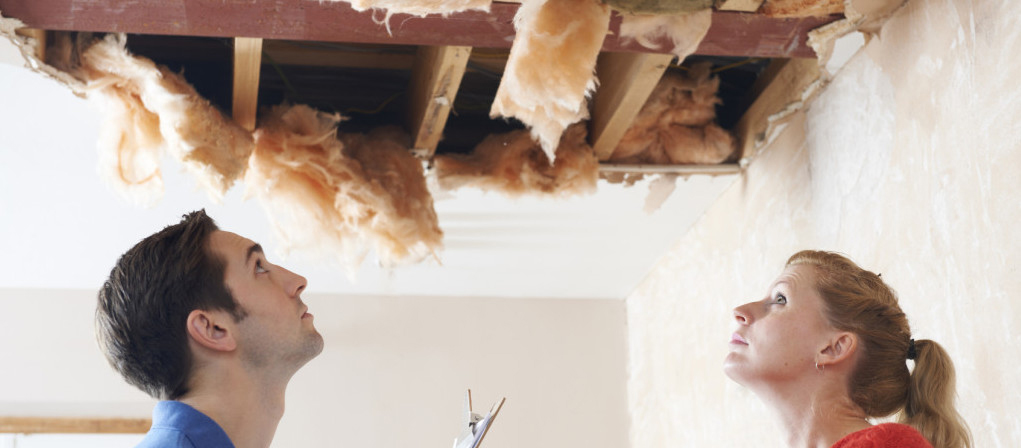Avoiding leaky home liabilities
30 Aug 2013, Building and housing, LBP & Regulation, Prove Your Know How

This seventh article in a series based on weathertight remediation workshops run by the Ministry of Business, Innovation and Employment (MBIE) – Building and Housing group focuses on avoiding leaky home liabilities.
In previous articles, we have mostly looked at pre-start considerations. In this article, we will be looking at some of the things builders need to think about when work is under way.
Working around the homeowner
Re-cladding projects are like renovations on steroids, there are very few aspects of the house that won’t be affected. It is a very stressful time for the homeowner. All they typically get at the end of it is the house they thought they bought in the first place and all they have to show for it is usually a bigger mortgage.
“It is critical to minimise any risks and consequences of future failures – getting the repair done right is simply the best way to achieve this
Also, it is not just the homeowner who is effectively the client. Their funder has a vested interest in restoring value in their collateral. The territorial authority (TA), along with the government, may also be contributing if the client is participating in the Financial Assistance Package scheme. On multi-unit sites, a body corporate will be involved and usually an elected building committee will represent all of the owners.
Whether the building occupants are going or staying can make a significant difference to the operation and efficiency of a project – this should be taken into account when establishing a timeline.
Some owners may not have the desire, or the means, to vacate their home. If they are vacating, will they be taking their chattels, too, as there may be insurance implications for them remaining? It is much more efficient if household items don’t have to be moved or protected during the repair process.
Reducing your liability
In Canada, where they have been dealing with a similar problem for 20 years, second-generation failures are occurring due to a variety of factors such as inappropriate repair details, limited repair scopes and others. We are now experiencing similar issues in New Zealand.
As we all know, builders carry significant latent liability for their work. Therefore, it is critical to minimise any risks and consequences of future failures – getting the repair done right is simply the best way to achieve this.
“Good record keeping helps variation management and can help resolve potential disputes
To ensure this happens, it’s critical to work with experienced professionals. A builder should expect a designer to provide timely and appropriate details that work. If the builder comes up with his own detail, or builds something that is on the plans that they know will possibly fail, who is liable?
The law is getting much clearer on this. Good record keeping helps variation management and can help resolve potential disputes. In addition, documenting all the damage discovered with location-specific photographs builds a historical record of what was found. Quality control systems and good site supervision can assist in catching even minor errors or omissions in the rebuild process that could otherwise accumulate and contribute to future building failures.
Discovering as much damage, as early as possible, allows budgetary implications and design clarifications to be dealt with right at the start. This is especially important if the damage is worse than initially assessed.
Discovering non-compliant work
On every project I have been involved with, there is at least some degree of non-compliant work discovered in the original structure. It is good practice to notify and discuss any discovery with the building owner (and potentially the local council) if you identify any such issues in areas you are working on.
You should also consider the temporary bracing that may be required, as the removal of bracing (either external or internal) or removal of cladding to allow for concrete nib installation may affect the integrity of the structure.
Test your timber
A fundamental question for most remediation projects is what timber to leave in, treat in situ or replace. There are many types of timber rot and ways of testing for them. Visual and strand tests, for example, have their uses but also their limitations.
The only way to be absolutely certain of a timber’s type and history is a lab test. Some rots are visually hard to detect and timber sampling of what appears to be sound wood can help prevent the consequences of leaving structurally unsound timber behind.
Having suitably qualified and experienced experts to interpret and instruct helps with compliance and could potentially help narrow a builder’s related latent risks. If builders have doubts about what has been instructed, they can simply get testing carried out themselves as an inexpensive form of insurance.
As with risks on any type of project, understanding the risk is key to managing it.
Suggested follow up areas for more information
- Building and Housing website: http://www.dbh.govt.nz/ws-info-for-building-professionals
- The Building and Housing publications
– Guide to Remediation Design
– Guide to the Diagnosis of Leaky Buildings
– Dealing with Timber in Leaky Buildings
– Code Watch Issue 1: October 2011
About the author
Harry Dillon has been involved with the repair of more than 300 homes as a builder over the last ten years. This article represents Harry’s views which may not necessarily be same as the Department’s.
Register to earn LBP Points Sign in



